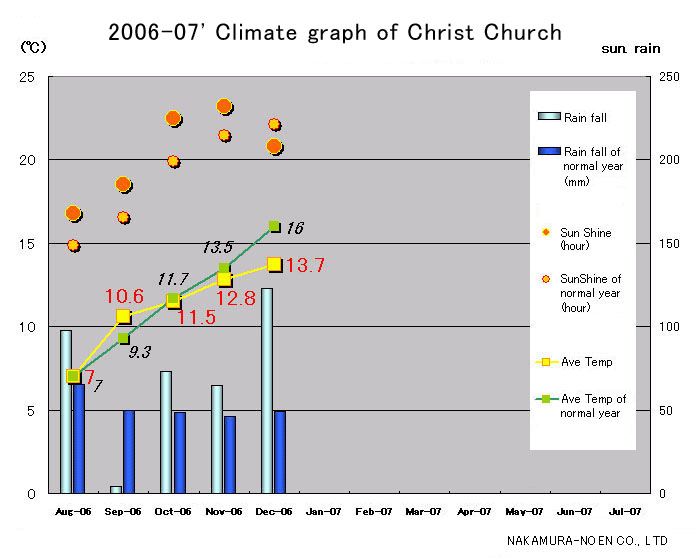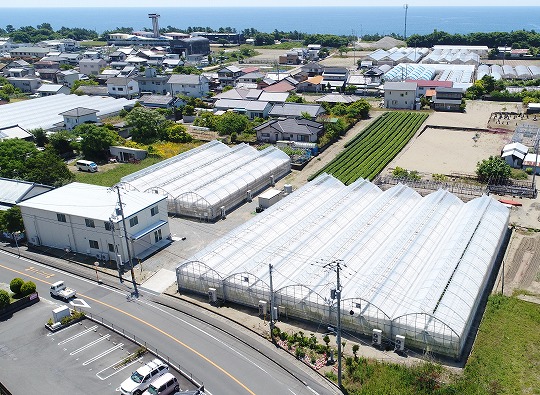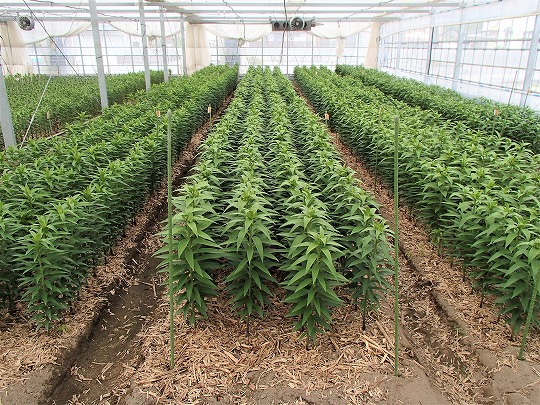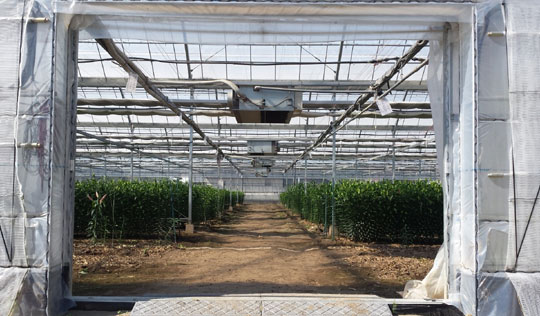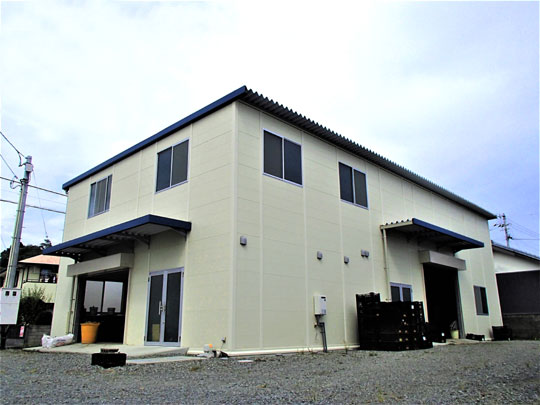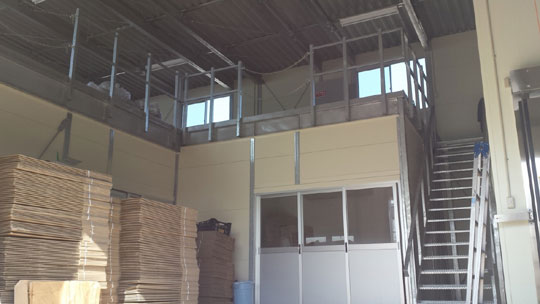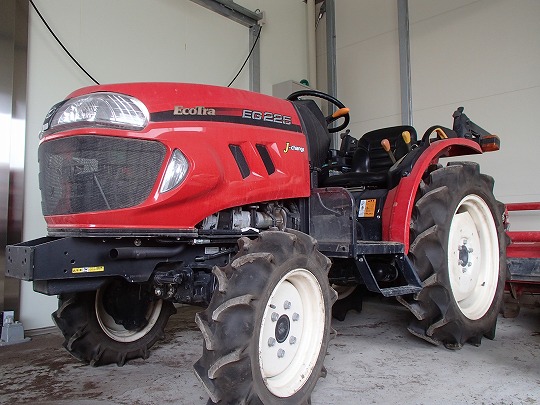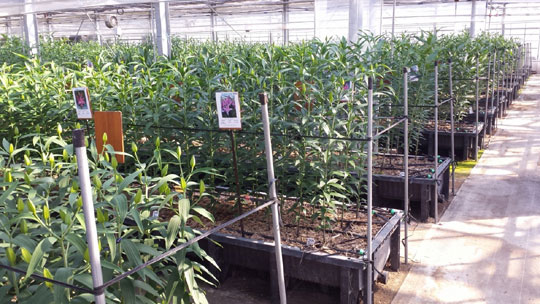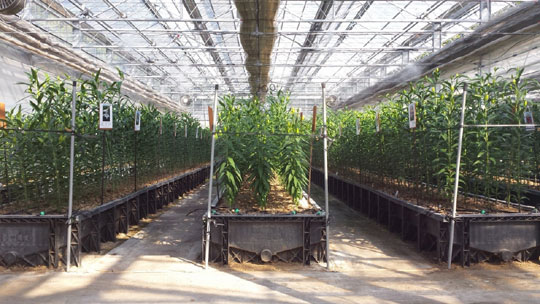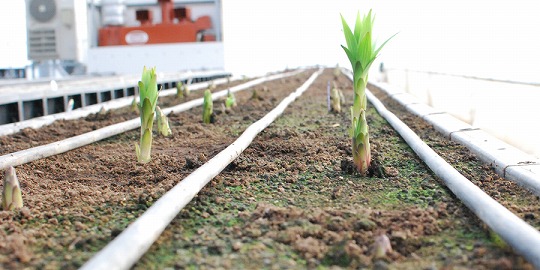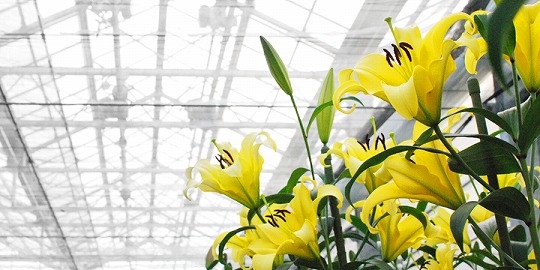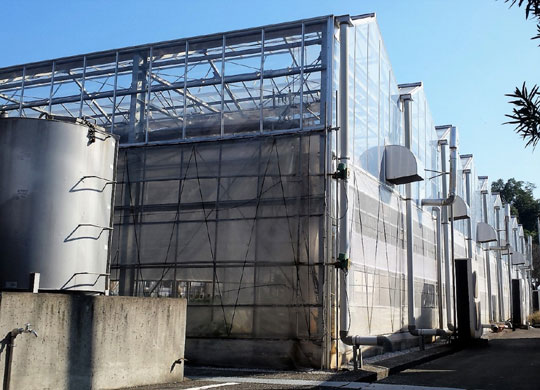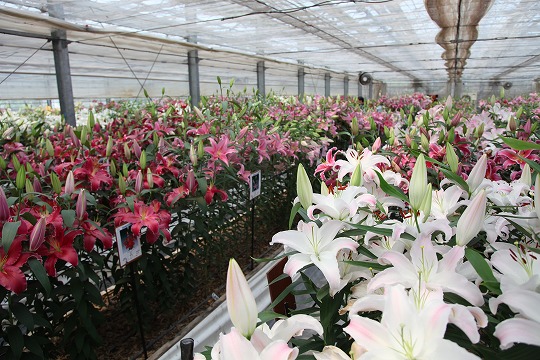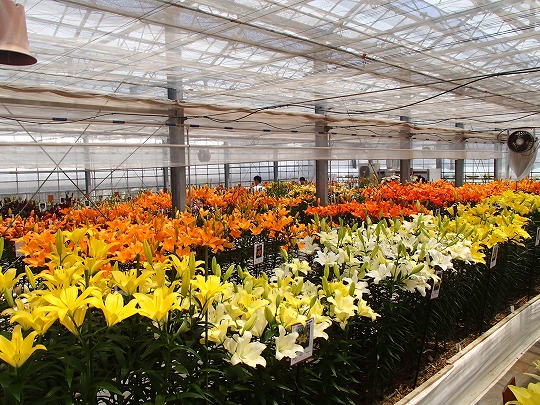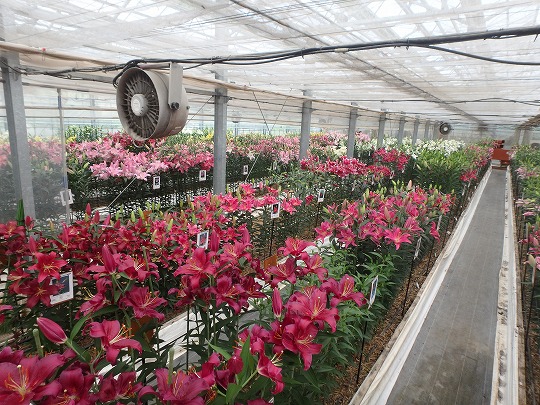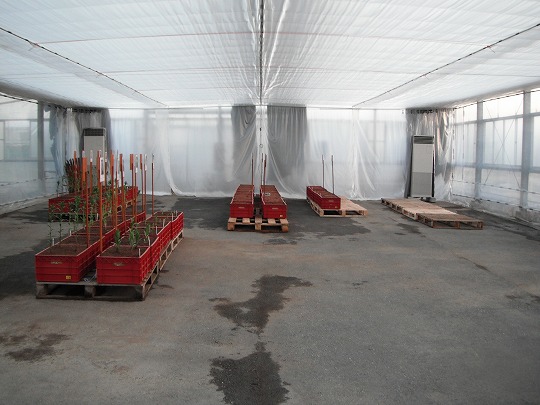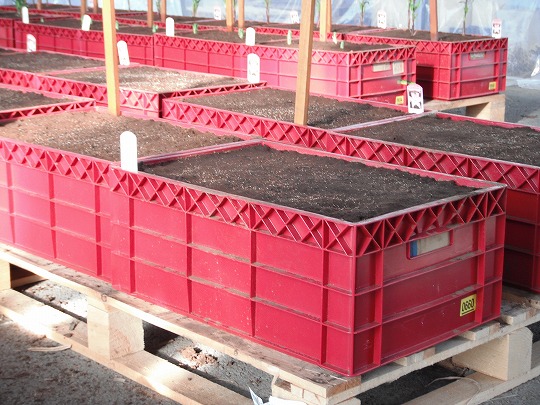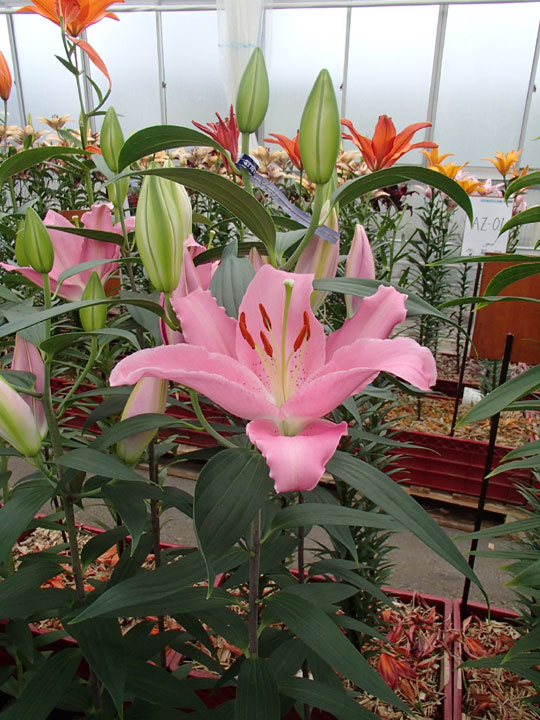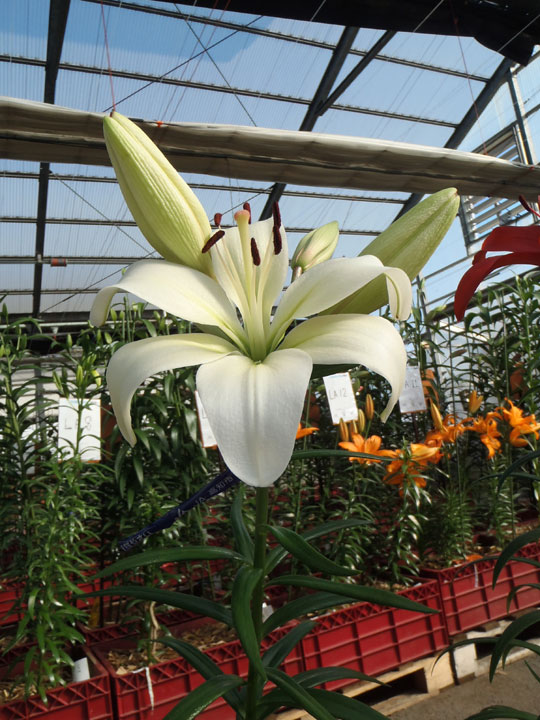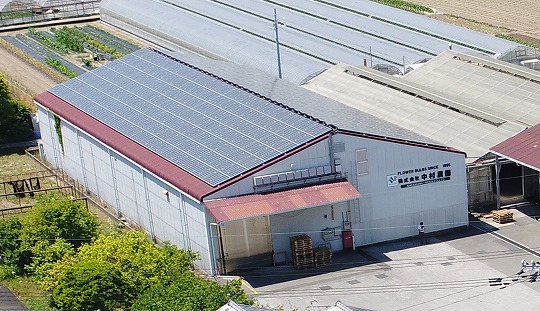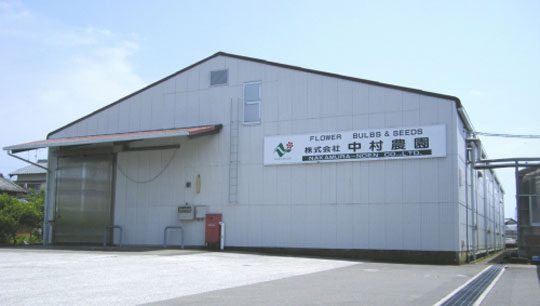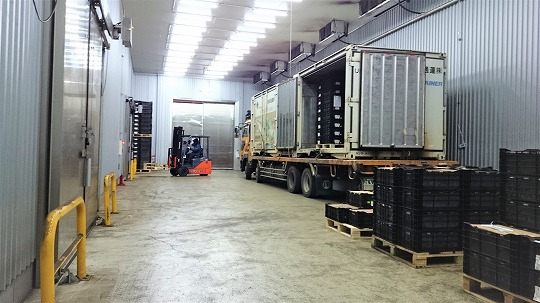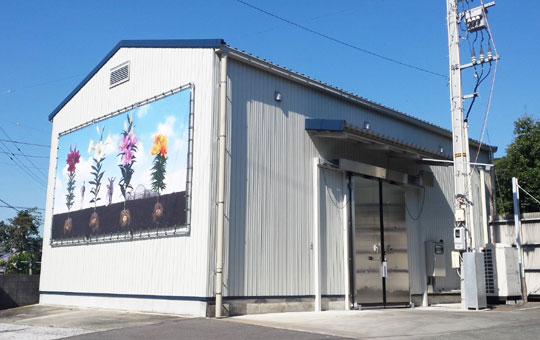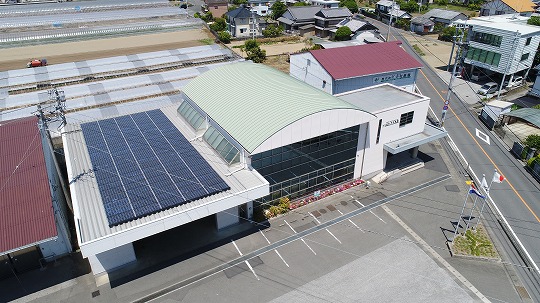Thank you very much for your usual treatment and cooperation.
Herewith I would like to report that I have visited all grower company in New Zealand (NZ), which is lily bulb production in southern hemisphere (SH), and checked actual growth and condition of all lot number from January 15th to 21st.
For your reference, we put some pictures in this web site, which I took at each company.
1.The acreage of production & contract production
As specified bellow, recently NZ’s acreage increased like Chile, and 2007 is over 30% from crop 2006.
| 2005 | 2006 | 2007 | Difference from last year | |
| the change of NZ’s acreage(Ha) | 111 | 126 | 166 | 32% increased |
(including field)
NZ crop 2006 were produced from 3 companies which are Vanzanten NZ ,Southern Flora , Bakker. But from 2007, Island Bulb, whose acreage is over 15ha in the North island joins in Japanese market, so business connections in NZ became 4 companies.
Until last year, the acreage and variety assortment were comparatively stabilized because of their own production and contracted production by Dutch export companies. We see specific change from crop 2007, which is increasement of contract growing by Dutch bulb glower (Group) and major cut flower forcers.
This kind of acreage increasement by contract production has been done in Chile until last year. For oriental cut flower production in winter time, the transition from Dutch bulb to SH bulb is not only happened in Japan (especially foreign major cut flower producers) and also become a big movement. NZ grower have also increased the acreage for that.
Island Bulb was established by 2 Dutch bulb growers and NZ company, and mainly produce their own contract,
but they also have contract growing for other growers. Vanzanten NZ & Bakker have increased contract growing
with cut flower production companies. Southern Flora doesn’t have any contract with other company,
but they have their own cut flower production facilities. They already produce about 2.2 million lilies
(this number of production is about half of the cut lily flowers in NZ), and used their own production’s bulbs too.
Some varieties such as Starfighter, Stargazer, Merostar, Muscadet, Canberra, Cobra, Siberia, Sorbonne, Tiber etc. sometime have been produced for those contracts growing.
2.The climate of New Zealand & the growth of bulbs
From planting time to the present, the climate of New Zealand has been cooler than usual.
It is also a long country to north and south, and the weather can be different by each landform though,
you may refer to“2006-07 Climate graph of Christ Church”.
After October which is planting season, is also blown chilly from south, and the temperature difference between this year and common year have been increasing. The difference was -2~3℃ in last December and Napier in a north island was 3℃ cooler than common year, generally this climate is similar to 04/05’s climate. And also in last December, there were a lot of rain mainly in South island and heard that growers need not to irrigate. This cool climate (The highest temperature is under 20℃ even in January) had continued until our visiting time, from the middle of January it has been being common summer season.
Looking at the lily’s field, its length is shorter because of exposing to cool wind in the first growth season, which is especially in the south.
Growers use a machine for disbudding, they cut the top softly and pick the remains by hand. So it prevents losing leaves more than necessity.
The growth was later by low temperature, so the disbudding delayed for a week to 10days than common season.
Bulb enlargement so far (1 year normal grown) is little less. But actual enlargement start after disbudding now, so pessimistic expectation is not proper at the present time. But any how we expect the climate recovers soon. On the other hand, last year was good enlargement, means crop result of scaling (size of planting material this year) was also good, and two years culture already show enough enlargements.
3.The importance for visiting to productions
In cool climate like this year, the growth tends to fluctuate and easy to find the difference depend on lots &
background of planting material. We checked condition of varieties & lots one by one by walk in NZ (the number
of research was over 200), and did trial digging for major variety. We saw some bad condition lots which were
low growth with unhealthy leaves, showing virus symptoms, having damage on scales by fusarium,
looking old by delay in stock renewal so we would like to take care not to handle those condition’
s products.
The fields are inspected by plant protection station in NZ from this week (21.Jan) and the joint inspection will be done with Japanese Plant Quarantine (PQ) in February.
4.Each company condition
●Island Bulb :Napier district in the east shore of the North island. Their acreage is over 15 ha.
There is a comparatively big port and the major products are vines, apples which were shared 50% in NZ, pumpkin which is exported to Japan.
They have started the productions of salable size which are Siberia, Conca D’or, Mothers Choice etc.
So far these growths have been favorable, but we will watch carefully the hereafter progress, which are management, harvest, sorting, packing, cooling treatment, transport etc. Because it’s full-dress operation for the first time.
●Vanzanten :Rakaia district in the South island. Their acreage is over 70ha which has little increased than last year.
That is a half of total acreage in NZ, and it’s stable with improvement of planting method and dividing the work of harvest time etc. with local contract grower.
The productions of Constanta and LA varieties increased. They completely stopped producing in Chile and doing only in NZ. They manage to adjust quantity and variety assortment by combination between production and sales in their own company.
●Bakker :Rakaia district in the South island. Their acreage is over 30ha. It has increased, and contract production is also increased.
They are building warehouse & cooling storage additionally and the grading line increase double until this year’s harvest. The production of Robina is started from crop 2007.
●Southern Flora :the acreage is over 30ha and slightly increased.
The harvest machine was upgraded last year and they are building a new warehouse & cooling storage (the total area is 3.200m2) this year. By keeping enough capacity, they will be able to process smoothly and cut down transportation cost to renting cooling storage.
